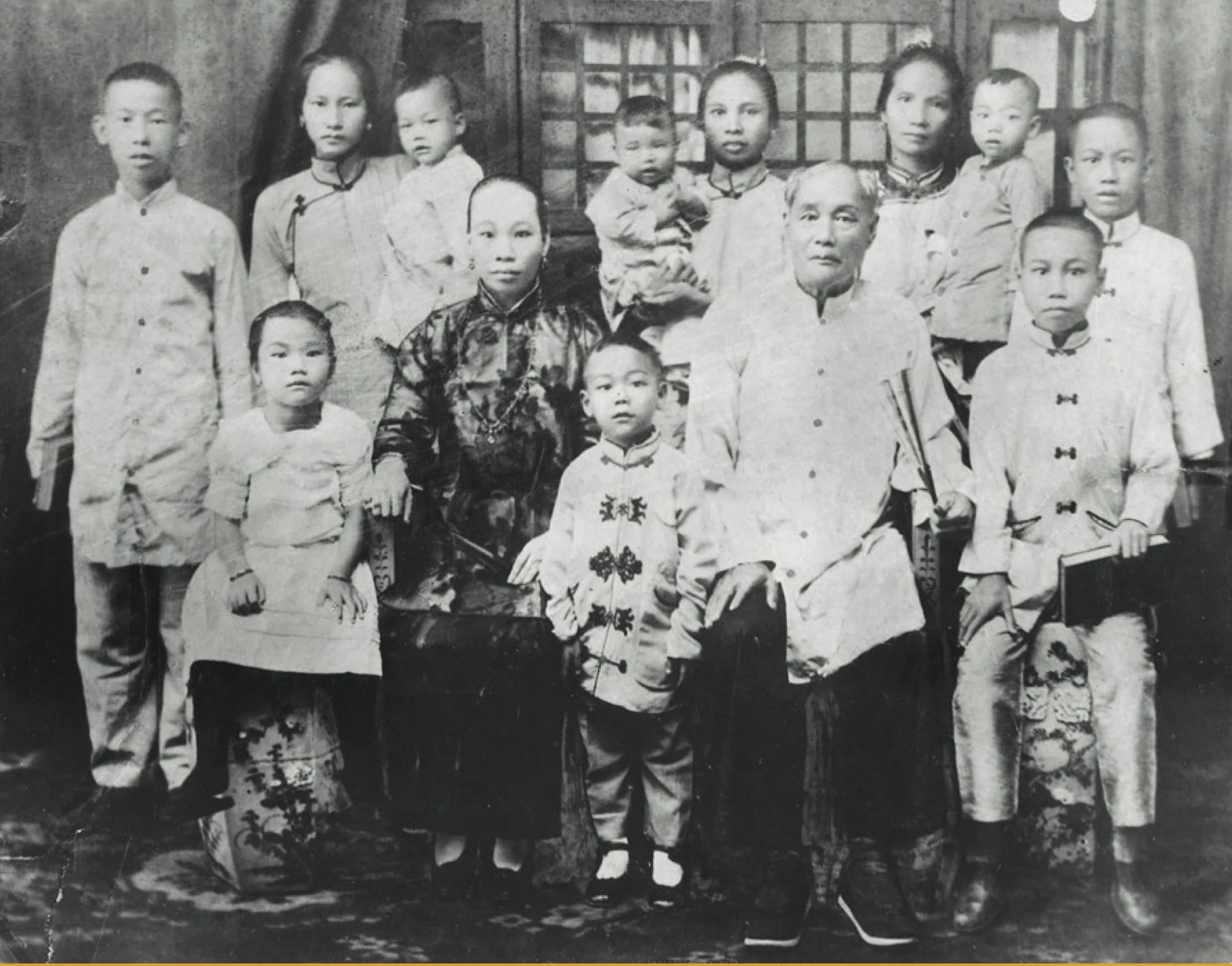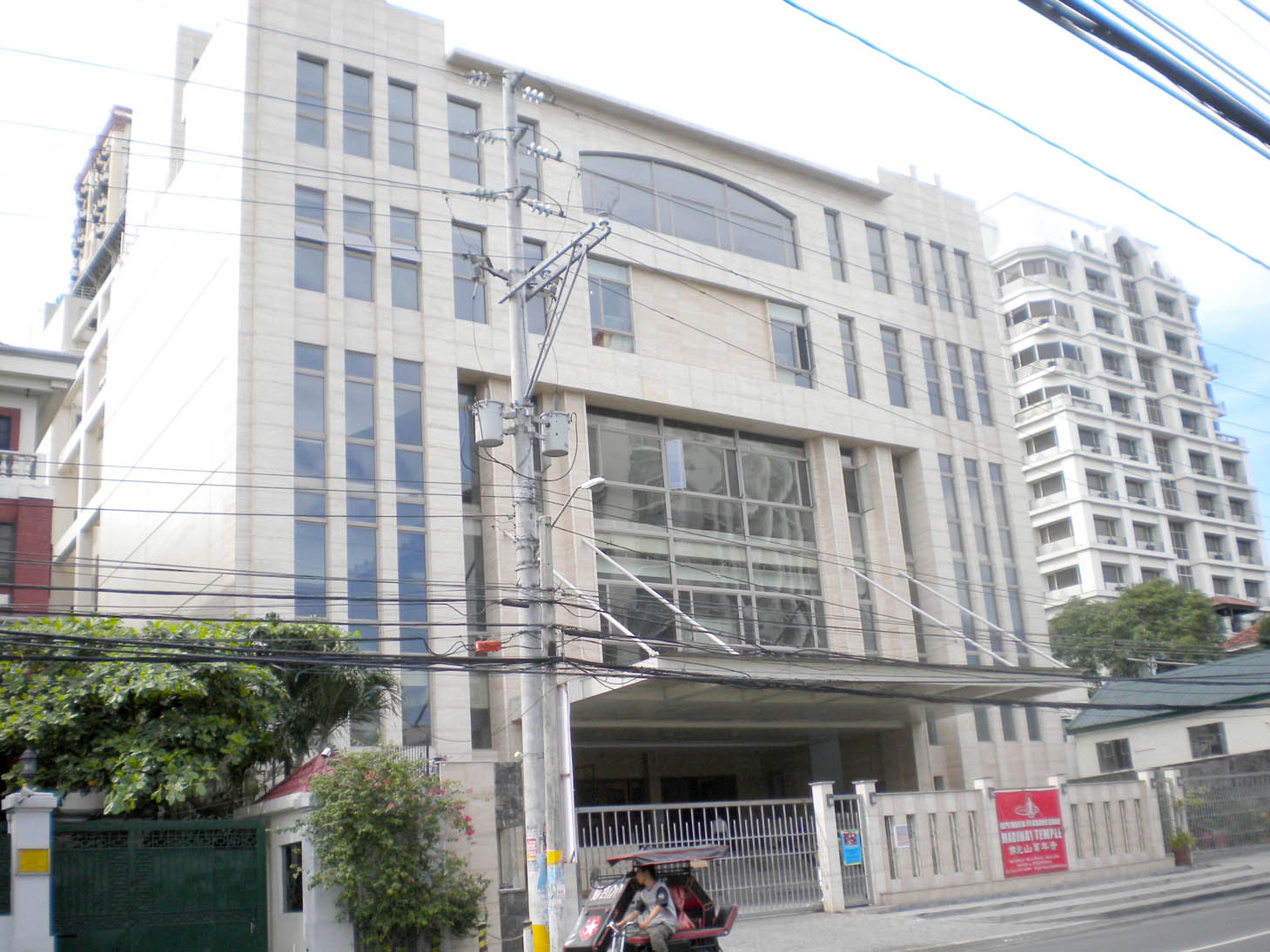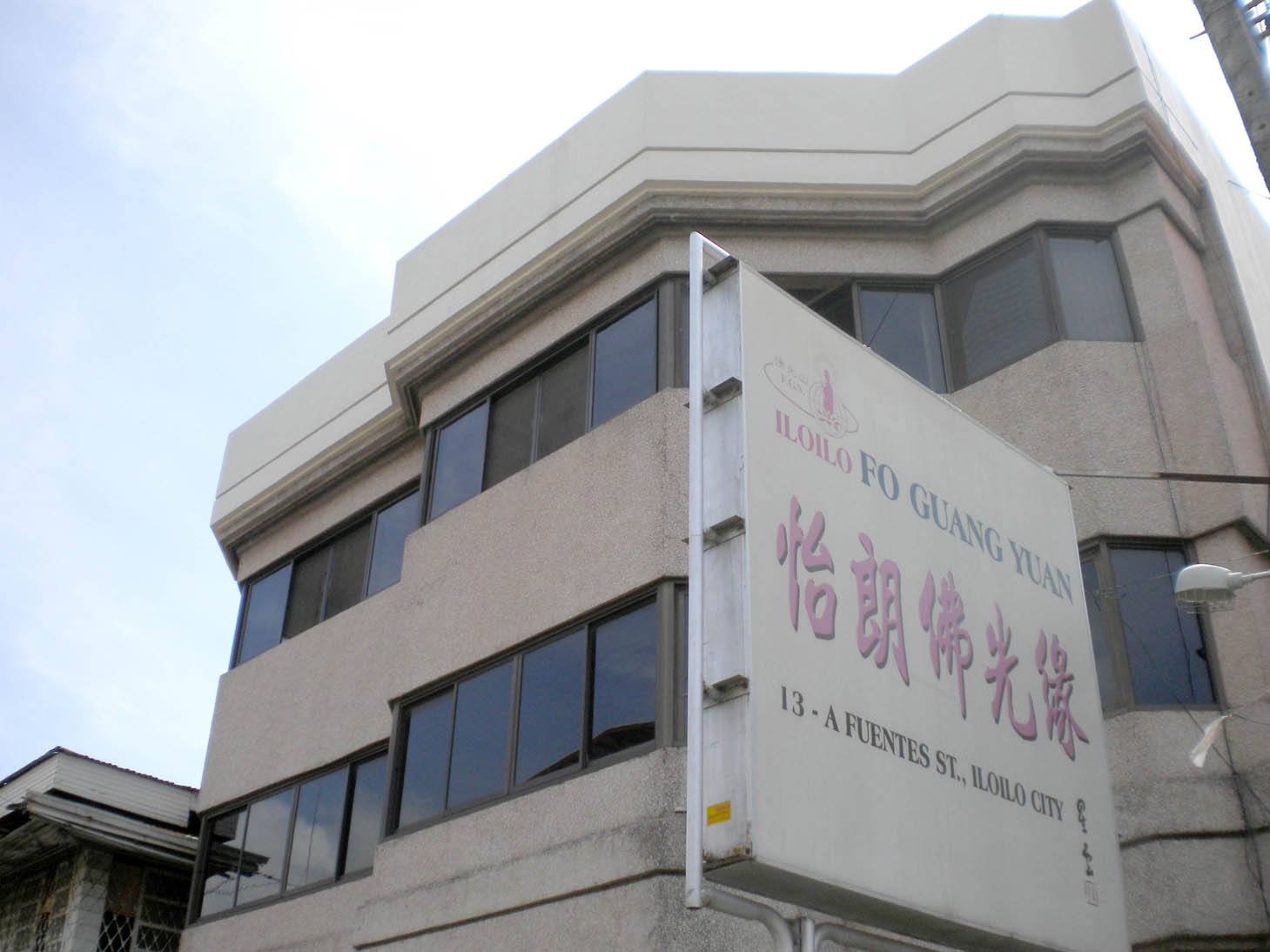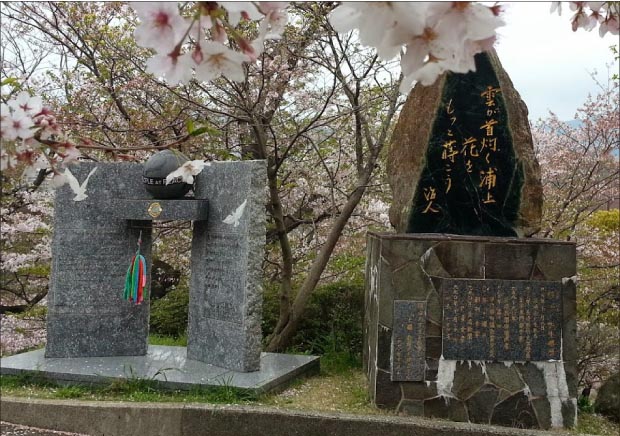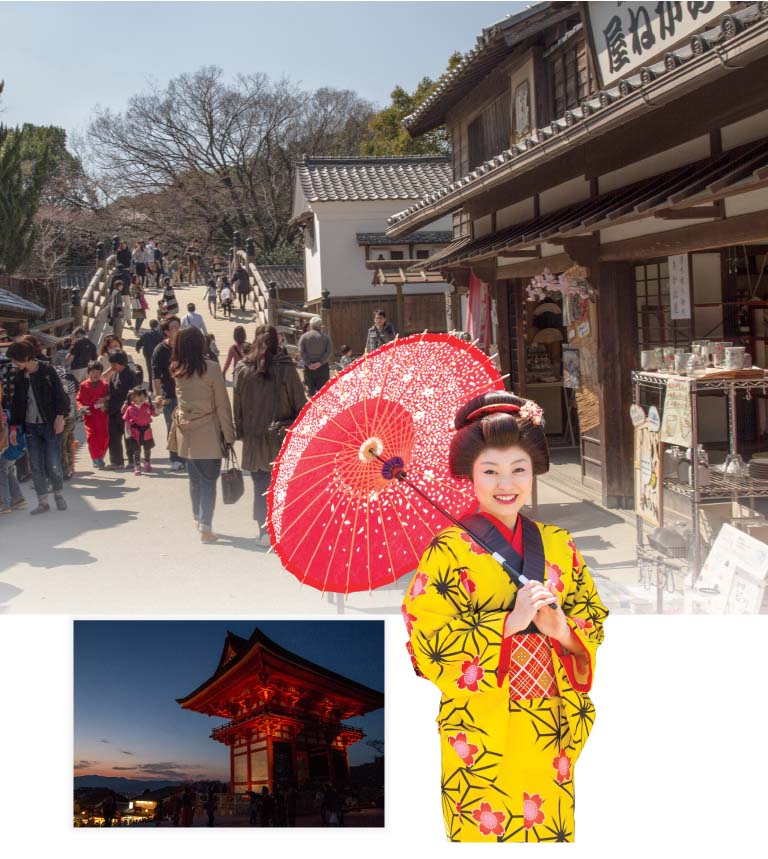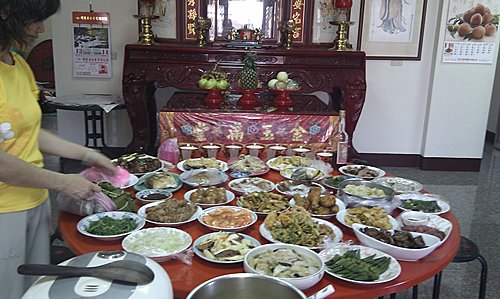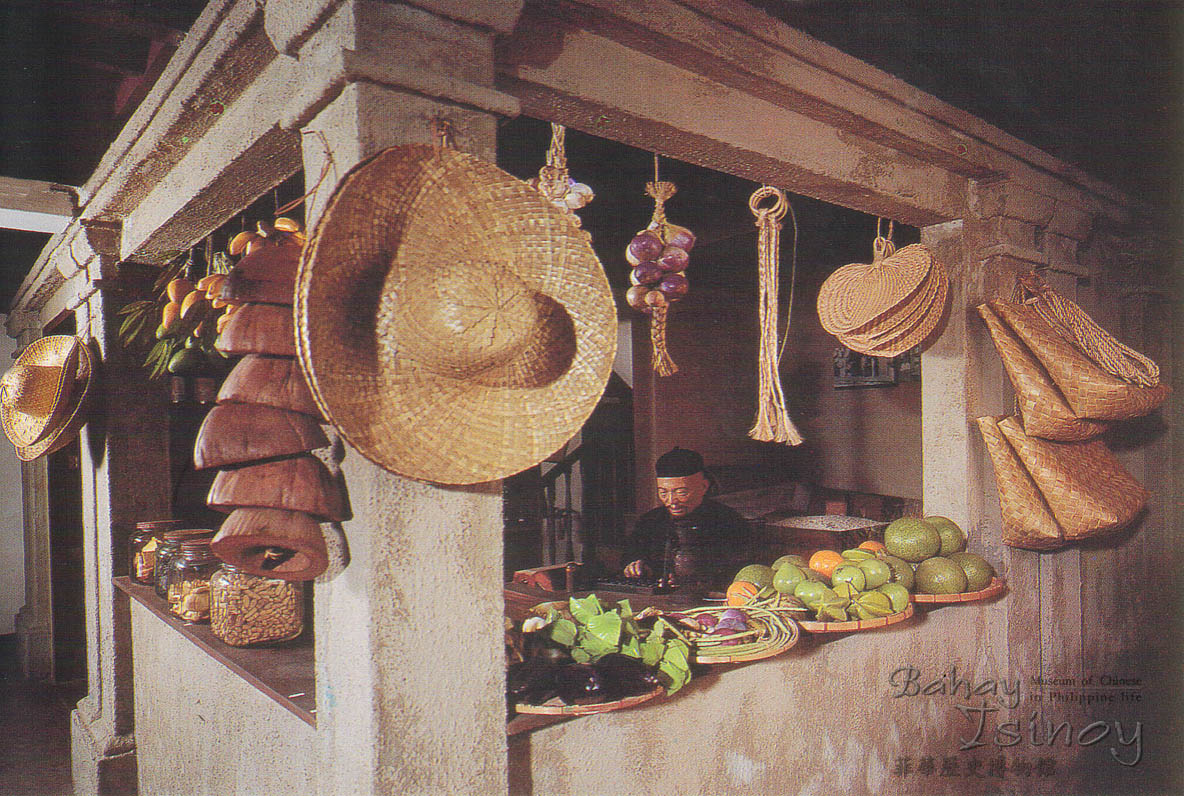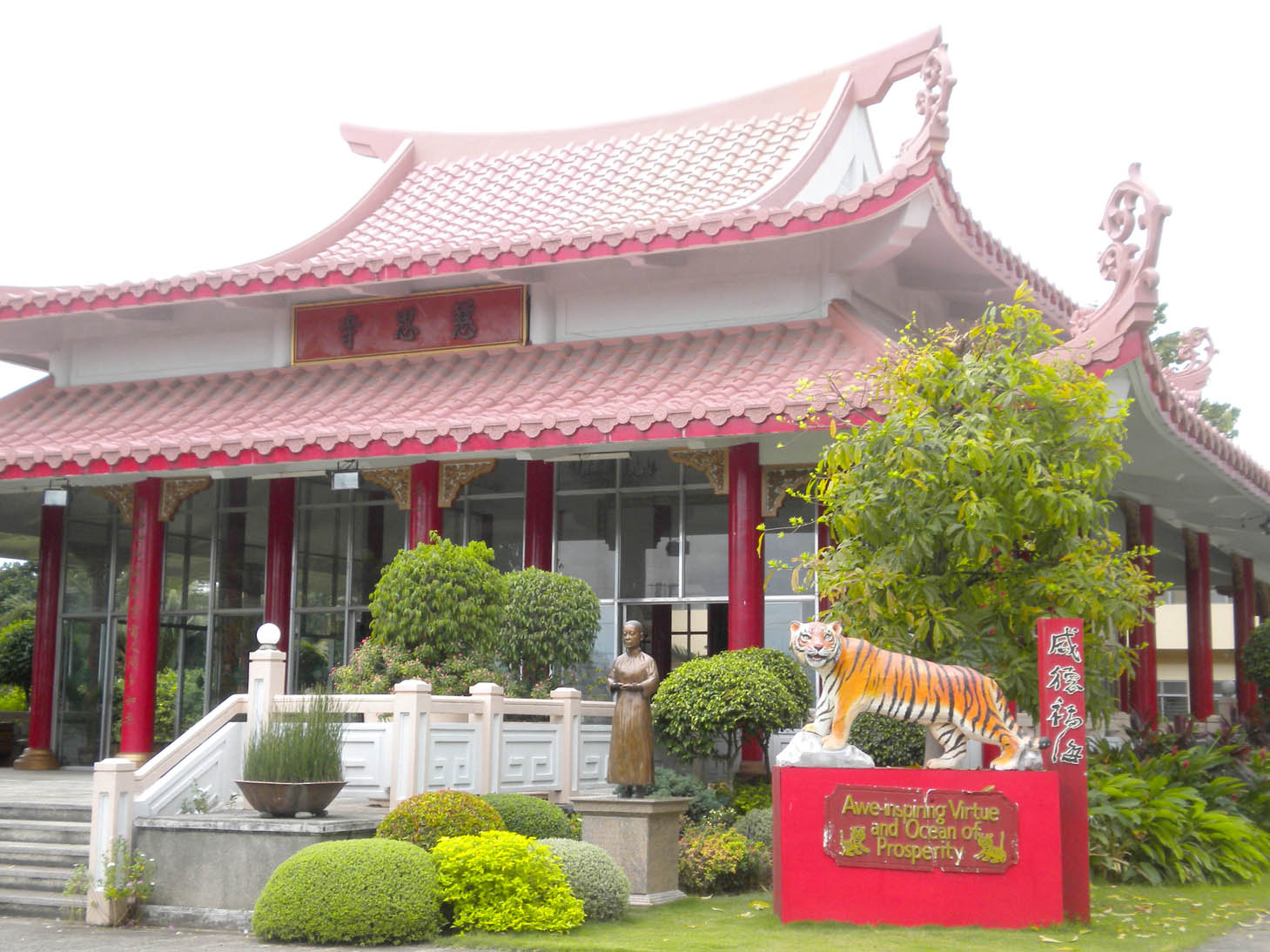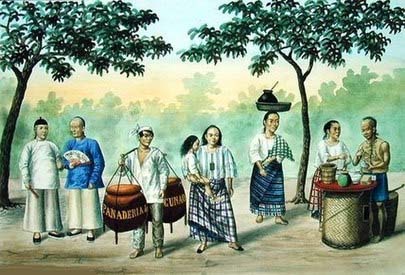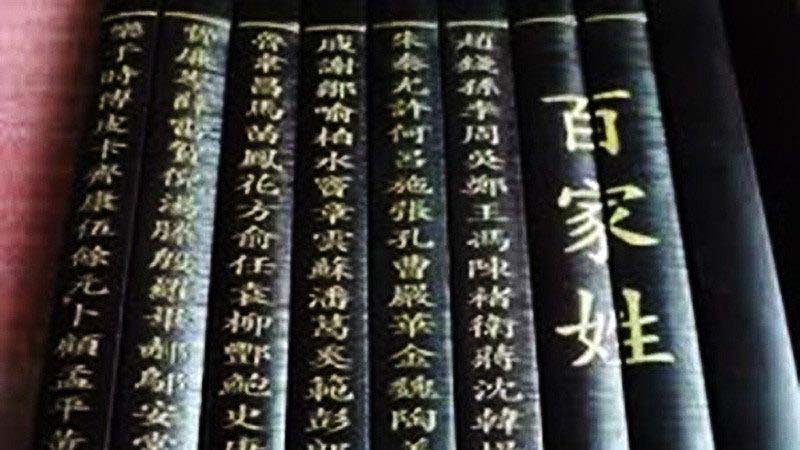First published in Tulay Fortnightly, Chinese-Filipino Digest 25, no. 4 (July 24-August 13, 2012): 8-10. Editor’s Note: The paperback edition of the author’s book, Chinese and Chinese Mestizos of Manila – Family, Identity, and Culture, 1860s-1930s, was launched at Ateneo de Manila University, Quezon City. The author is Tsinoy who now lives and teaches at […]
Genesis of mestizos
